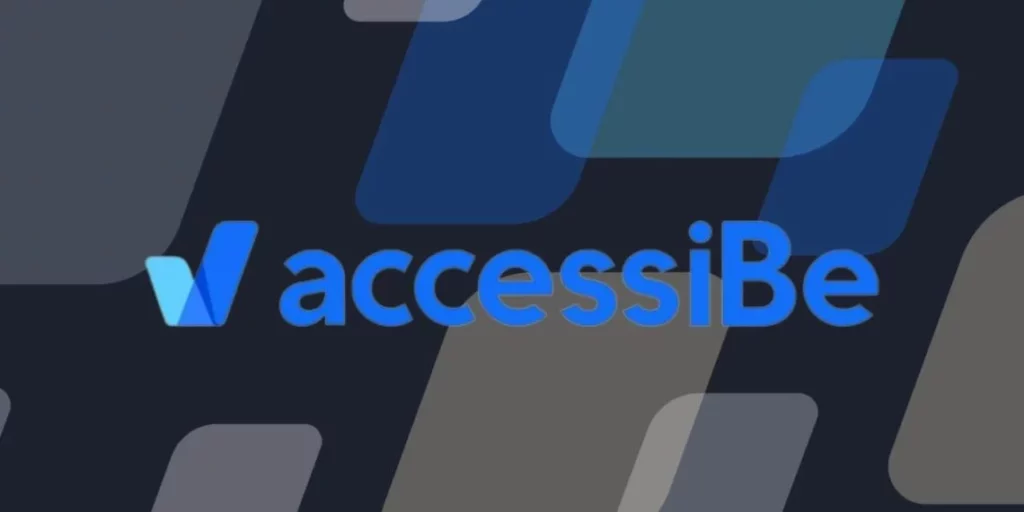Web accessibility is crucial in today’s digital age, and AccessiBe is a pioneering solution that uses artificial intelligence (AI) to automate the process of making websites accessible. The platform aims to provide an accessible and user-friendly online experience for individuals with disabilities. Key features include AI-powered automation, user interface adjustments, keyboard navigation, screen reader optimization, and descriptive text for images.
Benefits of AccessiBe include time and cost efficiency, continuous monitoring and updates, legal compliance, and improved user experience. It streamlines the process of achieving web accessibility compliance, saves time and costs, and ensures ongoing compliance with evolving accessibility standards. Legal compliance reduces the risk of non-compliance and improves the overall user experience.
However, there are limitations to AccessiBe’s automation, such as the need for manual intervention for specific cases and the complexity of customization. Simplifying the interface for adjusting accessibility settings could further enhance user experience.
Understanding Web Accessibility:
Before delving into AccessiBe, it’s essential to grasp the concept of web accessibility. Web accessibility refers to the design and development of websites that can be used by people of all abilities and disabilities. This inclusivity ensures that individuals with visual, auditory, cognitive, and motor impairments can navigate and interact with websites seamlessly.
The Role of AccessiBe:
AccessiBe is a pioneering web accessibility solution that utilizes artificial intelligence (AI) to automate the process of making websites accessible. The platform is designed to address various accessibility requirements, including compliance with the Web Content Accessibility Guidelines (WCAG) standards. AccessiBe’s primary goal is to provide an accessible and user-friendly online experience for individuals with disabilities.
Key Features of AccessiBe:
AI-Powered Automation:
AccessiBe leverages advanced AI technology to automatically scan, analyze, and adjust website elements for accessibility. This automation significantly reduces the time and effort required to make a website compliant with accessibility standards.
User Interface Adjustments:
The platform enables users to personalize their browsing experience based on their specific needs. This includes adjusting text size, color contrasts, and other elements to enhance readability and usability for individuals with visual or cognitive impairments.
Keyboard Navigation and Focus:
AccessiBe ensures that websites are navigable and usable through keyboard commands, making it easier for individuals with motor disabilities who may rely on keyboard inputs or assistive technologies.
Screen Reader Optimization:
For individuals with visual impairments, AccessiBe optimizes websites for compatibility with screen readers, ensuring that the content is conveyed audibly and comprehensively.
Content Descriptions for Images:
The platform automatically generates descriptive text for images, allowing individuals who use screen readers to understand the content and context of visual elements on a webpage.
Benefits of AccessiBe:
Time and Cost Efficiency:
AccessiBe’s automated approach streamlines the process of achieving web accessibility compliance. This not only saves time but also reduces the costs associated with manual accessibility efforts.
Continuous Monitoring and Updates:
AccessiBe continually monitors websites for changes and updates, ensuring ongoing compliance with evolving accessibility standards. This proactive approach is essential in maintaining an inclusive online environment.
Legal Compliance:
Web accessibility is not only a matter of inclusivity but also a legal requirement in many regions. AccessiBe helps websites adhere to accessibility standards, reducing the risk of legal issues related to non-compliance.
Improved User Experience:
By enhancing accessibility, AccessiBe contributes to an improved overall user experience for all visitors. Websites that are easy to navigate and understand benefit everyone, regardless of their abilities.
Challenges and Criticisms:
Limitations of Automation:
While AccessiBe’s AI-driven automation is impressive, it may not address every nuance of web accessibility. Some argue that manual intervention may still be necessary for specific cases to achieve optimal results.
Customization Complexity:
The customization features provided by AccessiBe might be overwhelming for some users. Simplifying the interface for adjusting accessibility settings could enhance user experience further.
Conclusion:
AccessiBe stands as a formidable solution in the quest for web accessibility. Its combination of AI-powered automation, user customization options, and continuous monitoring makes it a valuable tool for website owners and developers striving to create an inclusive online environment. While challenges and criticisms exist, the overall impact of AccessiBe on web accessibility is undeniable. As technology continues to advance, solutions like AccessiBe play a pivotal role in ensuring that the internet remains a space that can be accessed and enjoyed by everyone, regardless of their abilities or disabilities.







